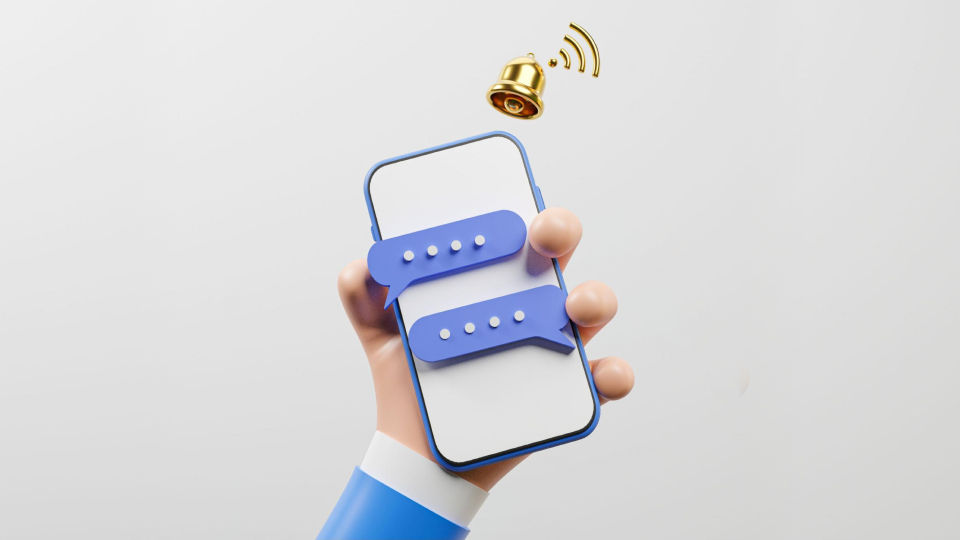Did you know that a poor user experience causes 70% of consumers to give up on a purchase? Additionally, 67% of customers cite negative user experiences as a reason for deciding to switch to another business.
If you have ever wondered if UX testing is a necessity or just an elective, then these stats should provide you with the answer. With the help of usability tests, a company can receive feedback for its product or service and resolve any existing issues to improve user experience.
There are many different UX usability testing methods, each with its own advantages and disadvantages. This article explores the most popular usability tests, explaining in detail which one should be used and when.
In this article:
What Is User Experience (UX) Testing?
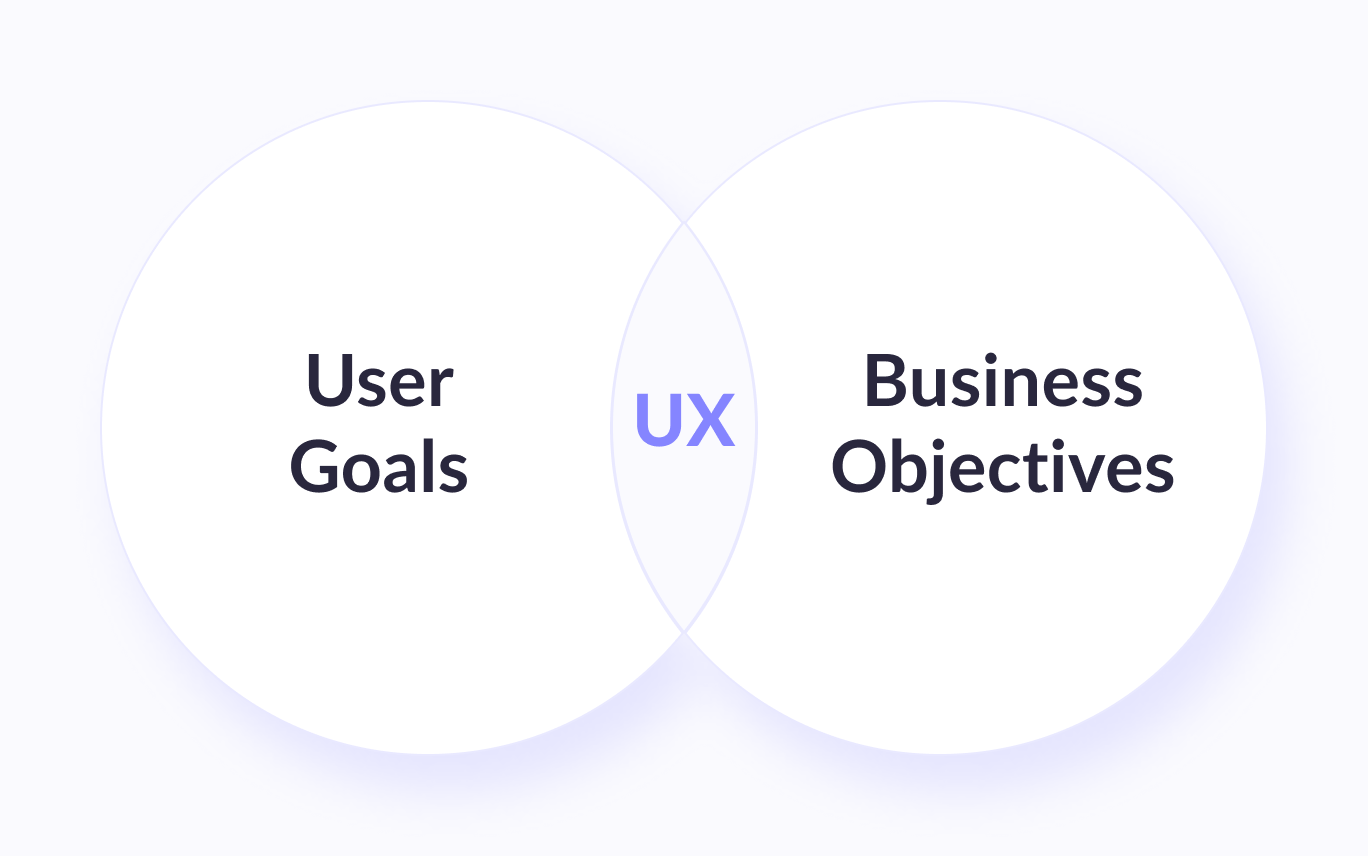
User experience (UX) testing is a process that helps evaluate how easy and enjoyable a product is. It also helps identify areas where people may have trouble using the product and provides insight into how to improve their experience.
According to the Interaction Design Foundation, UX is "a field of user research in which evaluators assess the quality of a user's experience with and perceptions of a system."
User experience testing methods can help assess anything from websites and apps to physical products. UX testing is typically used both during the development phase of a product and after it has been released to:
- Assess the performance of the product
- Identify any potential problems users may have with a product
- Improve the quality of the product and the overall user experience
Why Choose One of the Usability Testing Methods?
UX user testing methods should be applied by all companies interested in lowering their revenue loss.
According to data on cart abandonment gathered by the Baymard Institute, the average rate will exceed 69% in 2022. In terms of money, this amounts to $18 billion per year for eCommerce platforms.
Some of the main reasons for cart abandonment were:
- Mandatory account creation for purchase completing (24%)
- Too long or complicated checkout process (17%)
- Missing total order costs up-front (16%)
- Errors and crashes of the website (13%)
However, all of these reasons can be eliminated if the company tests for usability issues.
UX Testing as a Solution
UX testing is the best way to avoid abandoned checkouts, cart abandonment, and other issues, resulting in lost revenue.
With UX testing, a company can:
- Identify problems in the design of the product or service
- Uncover opportunities to improve the platform or product
- Learn about the target user's behavior and preferences
However, to make the most out of UX testing, it is essential to hire dedicated professionals who can carry out the tests efficiently and draw actionable insights.
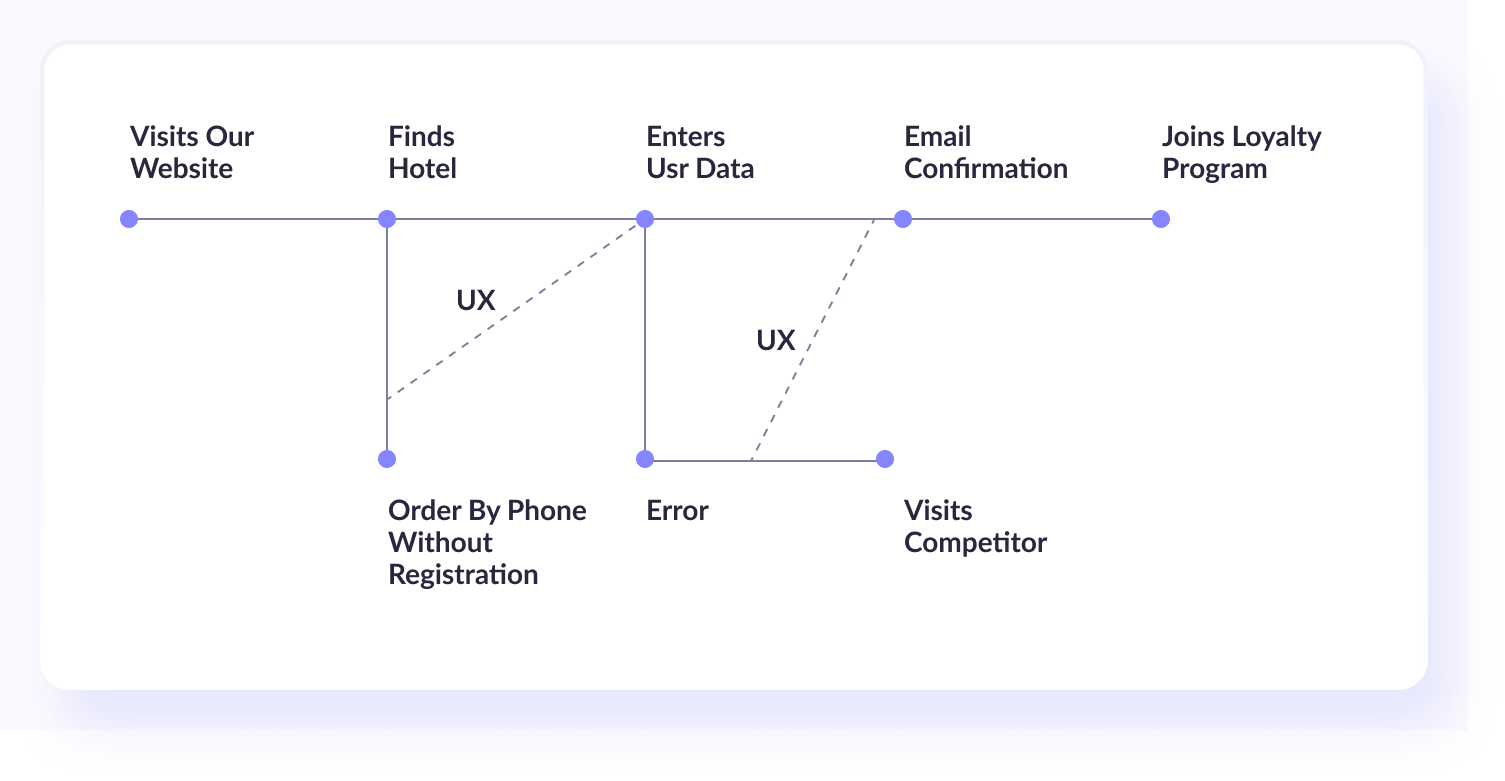
Core Elements of Usability Testing
The method of UX research is primarily chosen based on business tasks, user scenarios in the system, and the current stage of development, among other factors. Based on this, there are three core elements that make up usability tests.
- Facilitator. In charge of administering the tasks to the participant.
- Tasks. Realistic activities that the participant might perform in real life.
- Participant. An actual user of the product or service whose behavior is studied.
Carrying out usability tests in this manner and with these core elements allows companies to understand better their consumers' behaviors, goals, thoughts, and motivations.
Types of User Testing Methods
There are several different user testing methods companies can use to assess the quality of their products and services. Some of the most popular methods include:

By the way...
Why Do You Need To Update UI Design Every 5 Years?
In this article, we will tell you what would happen with your app in case you have not redesigned it.
Let's seeQualitative vs. Quantitative User Testing Methods
Qualitative user testing methods focus on generating observations and insights about the user's behavior. With the help of qualitative methods of usability testing, companies can identify the why behind users' actions.
On the other hand, quantitative methods focus on measuring the user's experience by taking certain data points into account so that trends and patterns can be identified.
Moderated vs. Unmoderated User Testing Methods
Moderated user testing methods are those in which the facilitator is present during the usability test. This allows the facilitator to ask questions, give clarification, and provide assistance if needed.
Unmoderated user testing methods are those in which the facilitator is not present during the usability test. This is often done remotely and can be done with the help of software.
Remote vs. In-Person User Testing Methods
Remote user testing methods are those in which the facilitator and the participant are not in the same location. This is often done using video conferencing software.
In-person user testing methods are those in which the facilitator and the participant are in the same location. This is often done in a lab setting.
Now that you're aware of the types of user testing methods, it's time to get more familiar with the usability tests that can be carried out.
UX Testing Methods
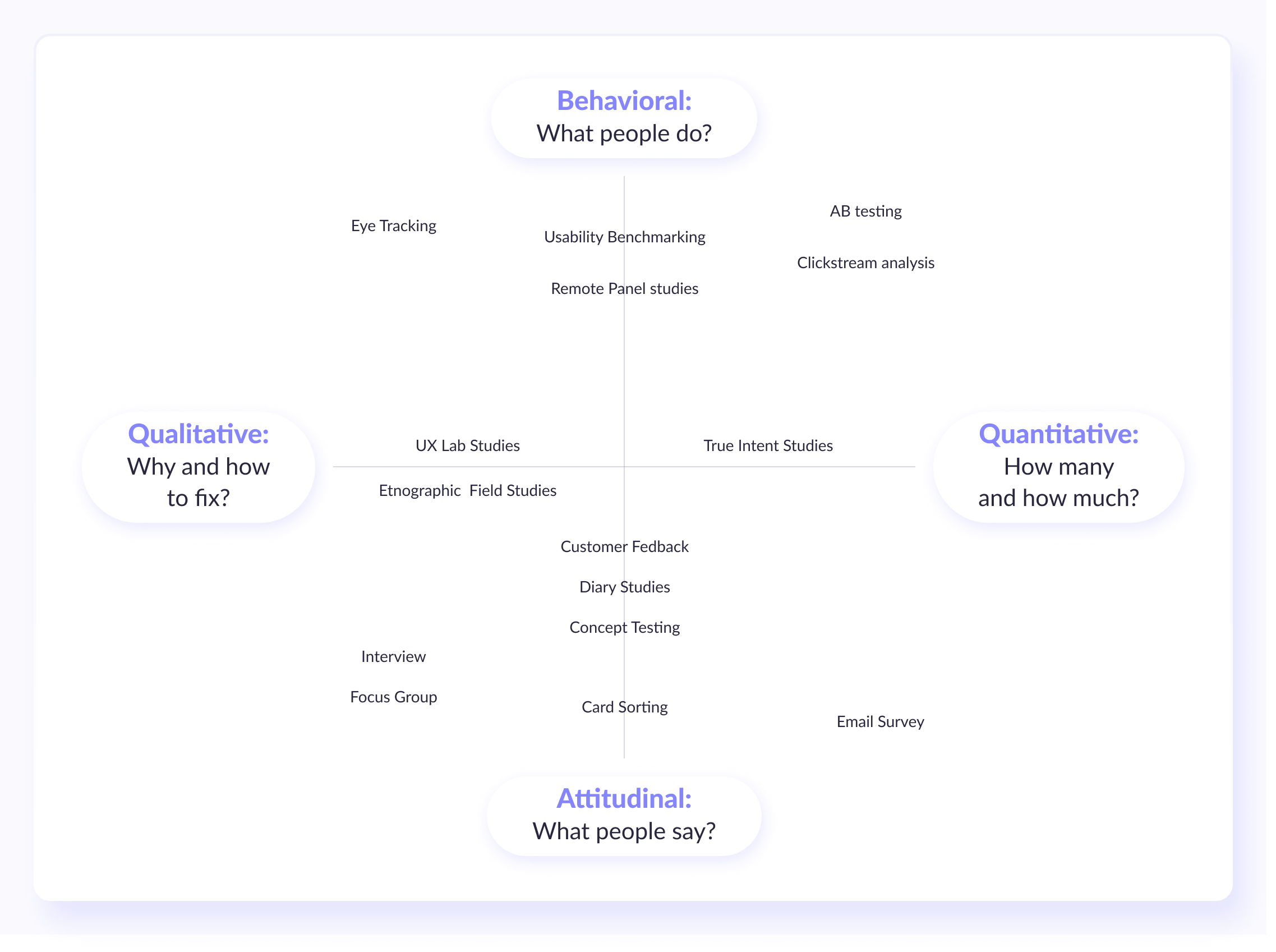
There are numerous user experience testing methods available. In this section, we'll cover the most popular ones, explaining their purpose and when they should be used.
Guerilla Testing
Guerilla testing is a type of UX testing conducted in informal settings such as coffee shops or public parks. This type of testing is often used to test products or services not yet available to the general public.
This method is beneficial because it allows companies to get feedback about their product or service from real users in a natural setting.
When to Use It
Guerrilla testing is most often used during the early stages of product development when companies are trying to validate their product idea. Also, companies often use guerrilla testing to carry out 'ad hoc' research.
Lab Usability Testing
Lab usability testing is conducted in a controlled setting such as a lab or office. This type of testing is often used to evaluate products or services by asking participants to complete tasks on mobile devices or computers.
This type of usability testing method is beneficial because it allows companies to get feedback about their product or service from real users in a controlled setting.
When to Use It
Lab usability testing is most often used during the early stages of product development in companies that are trying to validate their product idea.
Remote Usability Testing
One type of usability testing method that offers quick, inexpensive, and robust testing results is remote usability testing, which is most often conducted with the help of video conferencing software.
This type of usability testing is beneficial because it allows companies to get feedback about their product/service from a large number of real users.
When to Use It
The optimum time to conduct remote usability testing is when you need a sizable sample to support important findings from your early moderated research.
Contextual Inquiry
A type of user-centered design methodology, a contextual inquiry is a semi-structured interview that allows researchers to understand the user's work context, goals, and needs.
This type of usability testing is beneficial because it allows companies to gain an in-depth understanding of the user's work context and how they interact with the product.
When to Use It
Contextual inquiry is most often used to obtain rich information about users—their workspace, personal preferences, and habits. It is recommended for companies trying to understand their target users better.
Session Recording
Session recording is a usability testing method in which the user's interactions with the product are recorded. The users are anonymous but real.
This type of usability testing is beneficial because it allows companies to understand how real users interact with their products.
When to Use It
Session recording is a usability testing method example that allows companies to obtain insight into significant problems users face when they interact with their products.
Phone Interviews
A phone interview is a type of remote usability testing method in which the researcher conducts an interview over the phone. The researcher is called a moderator, and their role is to verbally instruct users to carry out specific tasks on their device.
This type of usability testing is beneficial because it allows companies to gather feedback about their product from a large number of users in a short amount of time.
When to Use It
Not only do phone interviews allow companies to gather feedback in a short amount of time, but they also do so from participants scattered all over the world.
Card Sorting
A common type of usability testing method for websites, card sorting is a technique used to help design or redesign website navigation. In this technique, users are asked to organize information cards into groups that make sense of them.
This type of usability testing is beneficial because it allows companies to understand how users think about the information and how they expect to find it on the website.
When to Use It
Card sorting is most often used early in the design process to help create navigation schemes intuitive for users. Also, it helps companies understand how their customers would organize products/services into categories.
Cost of Usability Testing
The cost of usability testing methods can vary depending on the type of usability testing you choose to conduct.
For example, remote usability testing is a more affordable option because it does not require you to rent space or hire a professional moderator. On the other hand, conducting in-person usability testing can be quite costly because you have to consider the cost of renting a space and hiring a professional moderator.
The cost of usability testing also depends on the number of users you want to test. If you want to test with a large sample, it will obviously be more expensive than if you only want to test with a small one.
Here are the costs associated with the most common UX testing methods.
- Guerilla testing. This is one of the most affordable usability testing methods if the company can draft the content of the study by itself. Then, it is only necessary to spend on incentives for the participants, which can be something as simple as a $10 gift card.
- Lab usability testing. This type of user testing can be very pricey as it requires renting out a lab. The costs start at $550 for half a day with 10 participants.
- Session recording. This type of testing requires only software that will record the actions users perform remotely. The cost of session recording is, on average, $100 per month for ten users.
- Card sorting. According to PlaybookUX, the average cost of card sorting is $30 per participant monthly or $69 annually per participant.
When it comes to usability tests, two terms are frequently mentioned, and some people tend to confuse them: A/B testing and UX testing.
A/B Testing and UX Testing: What's the Difference?
Here’s an example of AB testing’s flow with collected metrics using clickstream analysis by customer.io resource.
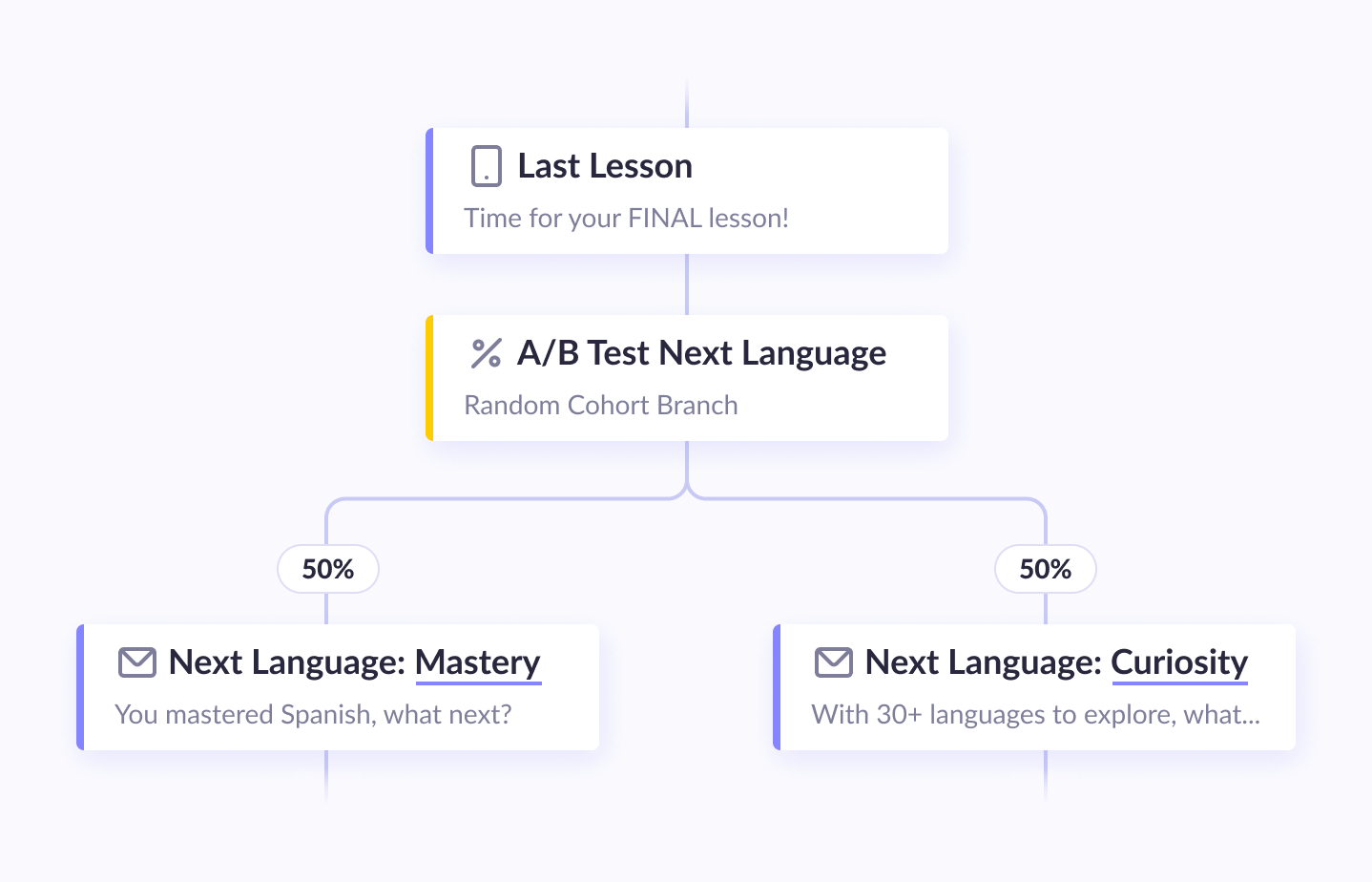
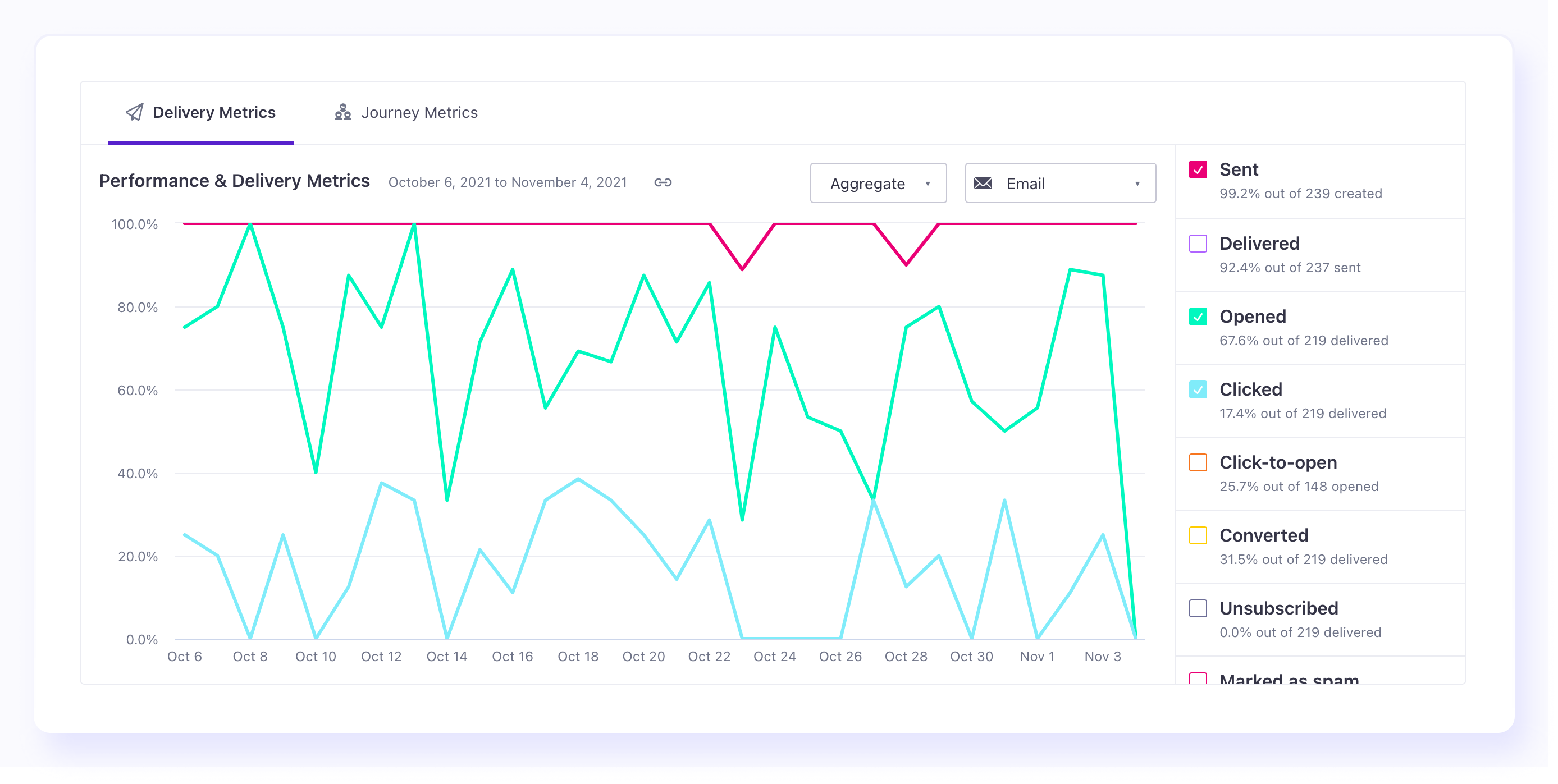
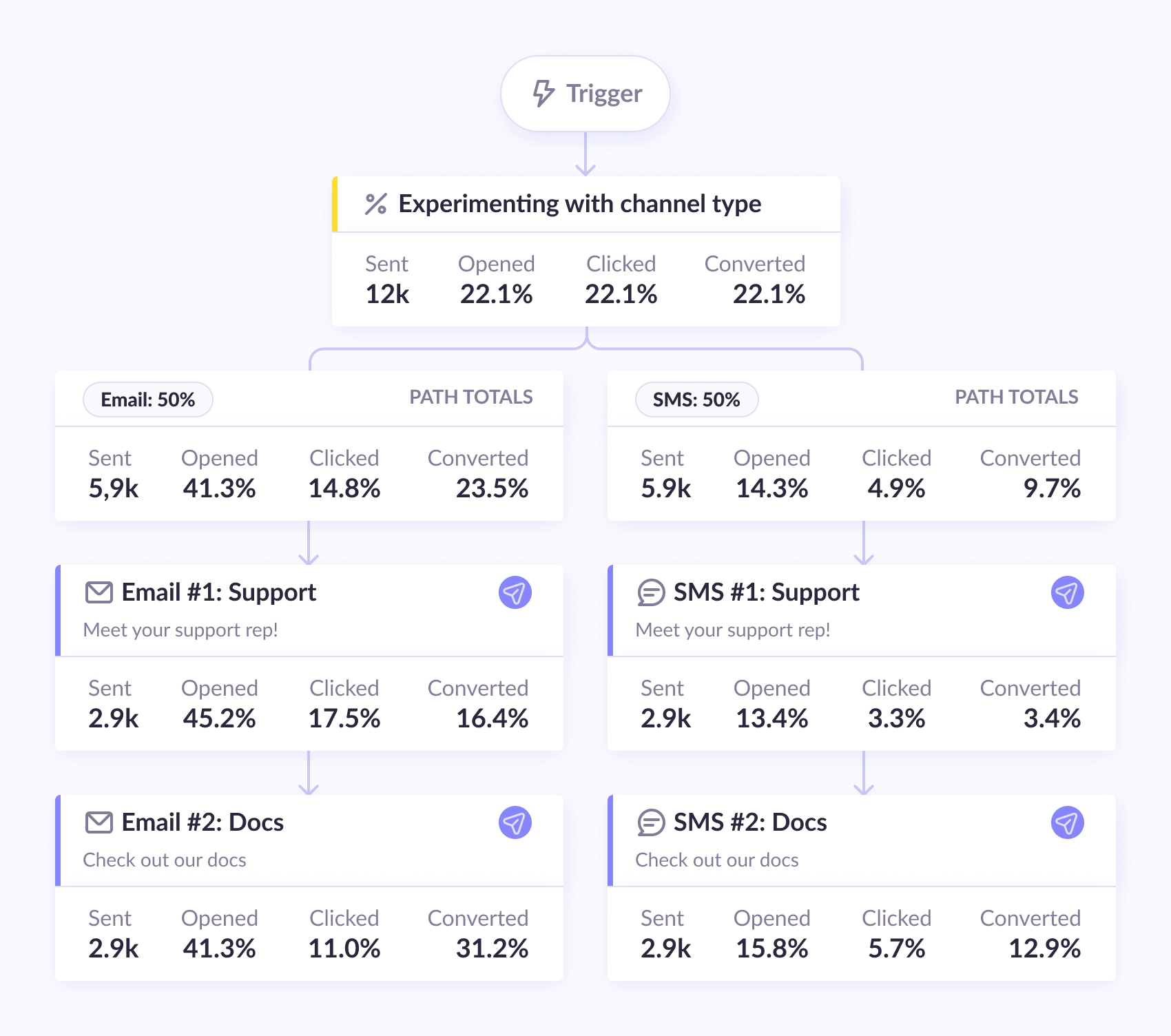
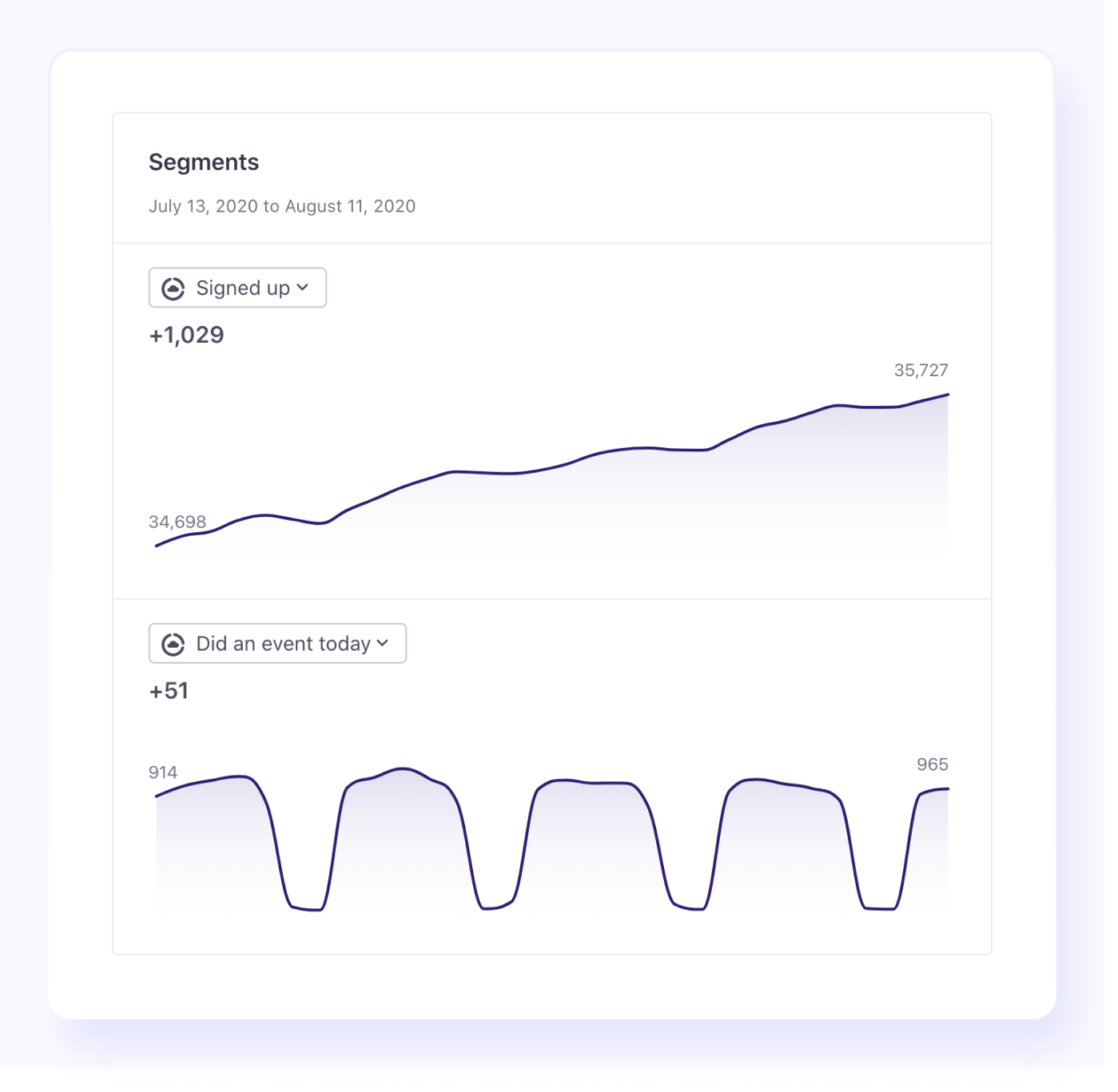
A/B testing is an experimentation method in which two or more variants of a product are compared to see which performs better. In other words, A/B testing is a type of controlled experiment in which users are randomly assigned to use one of the variants.
UX testing, on the other hand, is a broad term that encompasses all types of user research. This includes methods such as usability testing, ethnographic studies, focus groups, and surveys.
16 Best Techniques For Creating A User-Friendly Interface
Because you don't want your user simply leave your site, right?
If you want to know how a specific change on your website, for example, affects your business in a measurable way, you need to do an A/B test. However, if you aim to understand the behavior of your consumers better, then usability testing is a better choice.
Even though user testing and A/B testing have different goals and ways of being set up, their features can work well together. By using both methods together, you can make good use of your time and money and still get valuable results in quantity and quality.
Summary
There are many different UX testing methods available to companies who want to improve their products or services. The first, and perhaps the most important, step is to choose the suitable testing method for your specific goals.
In addition, it is essential to keep in mind that companies should pick a UX testing method they think will work well for their project. Also, it is necessary to be open to changing course if the chosen approach doesn't deliver desired results.
If you need a partner who can help with UX testing of your product or service, Geniusee is the right choice. From consulting and software engineering services to outsourcing and technical support, Geniusee is equipped with a team of experts who will find a solution for every problem.





